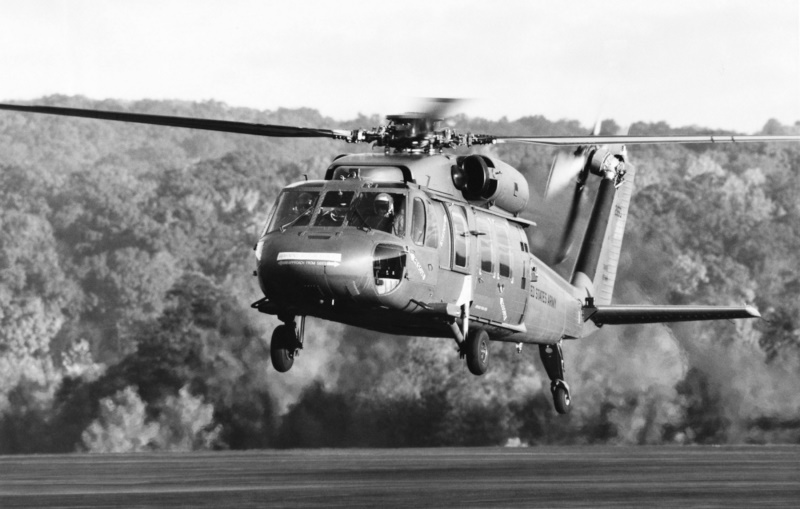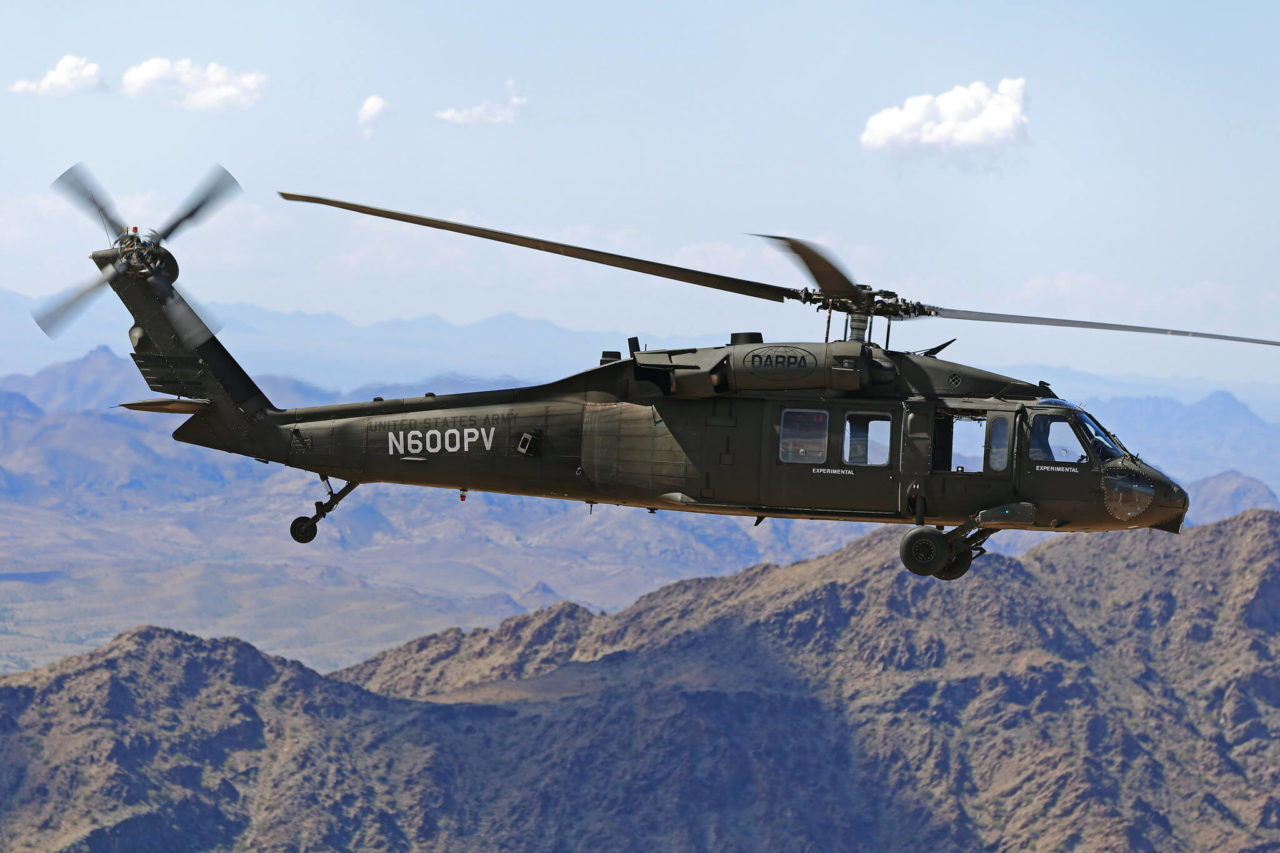Sikorsky S 70: Enhancing Helicopter Effectiveness and Flexibility
Sikorsky S 70: Enhancing Helicopter Effectiveness and Flexibility
Blog Article
High-Performance Multi-Role Rotorcraft Featuring Advanced Cockpit Technologies and Integrated Sensing Unit Systems
The world of rotorcraft technology has seen remarkable improvements in recent times, particularly in the realm of high-performance multi-role rotorcraft equipped with sophisticated cockpit modern technologies and seamlessly incorporated sensor systems. These technologies have not just enhanced the functional capacities of rotorcraft but have actually additionally considerably influenced contemporary aviation operations on various fronts. From enhanced mission convenience to improved functional effectiveness, the convergence of innovative cabin modern technologies and integrated sensing unit systems has actually introduced a brand-new period of opportunities for rotorcraft applications. In the complying with conversation, we will discover the advancement of rotorcraft technology, explore the realm of innovative cockpit developments, and take a look at the implications of incorporated sensor systems on the operational convenience and effectiveness of modern rotorcraft.
Advancement of Rotorcraft Innovation
The advancement of rotorcraft innovation has actually been noted by significant innovations in aerodynamics, materials, and propulsion systems, forming the capabilities and performance of modern rotorcraft. In addition, innovations in propulsion systems, including more powerful engines and innovative propulsion technologies, have made it possible for rotorcraft to achieve greater altitudes, faster speeds, and greater hauls.
These improvements have not just changed the capacities of rotorcraft but have likewise broadened their applications across different industries, consisting of armed forces, commercial, and emergency solutions. The continuous evolution of rotorcraft modern technology remains to drive advancement in the field, pushing the borders of what is possible and shaping the future of vertical trip.
Advanced Cockpit Innovations
Structure upon the fundamental advancements in the rules of aerodynamics, products, and propulsion systems, the realm of rotorcraft innovation currently moves emphasis towards introducing Advanced Cabin Innovations. The assimilation of cutting-edge modern technologies within the cabin atmosphere plays a vital function in improving the operational abilities, security, and effectiveness of modern rotorcraft. sikorsky s 70. Advanced Cabin Innovations include a large range of features created to give pilots with enhanced situational awareness, streamlined data monitoring, and user-friendly control user interfaces
Among the vital innovations in cockpit style is the implementation of glass cockpits, which replace traditional analog evaluates with high-resolution displays. These electronic systems offer personalized layouts, real-time data assimilation, and improved readability, making it possible for pilots to accessibility important details at a look. Furthermore, progressed avionics systems, such as fly-by-wire controls and enhanced reality displays, are transforming how pilots communicate with the airplane, permitting specific control and improved decision-making abilities.


Integrating innovative cockpit innovations not just improves pilot efficiency yet additionally adds to overall mission efficiency and safety and security in complicated functional settings. By leveraging modern modern technologies within the cockpit, rotorcraft producers are establishing brand-new requirements for operational quality and objective success.
Integrated Sensor Equipments
With the development of rotorcraft technology, the combination of sophisticated Integrated Sensing unit Solution has ended up being critical in improving operational performance and safety and security. These Integrated Sensing unit Systems include a broad range of innovations that provide crucial data for numerous features such as navigation, monitoring, targeting, and environmental monitoring. By perfectly incorporating sensors like radars, video cameras, lidar, and infrared systems right into rotorcraft, operators can profit from boosted situational understanding, enhanced mission abilities, and minimized pilot workload.
One secret advantage my sources of Integrated Sensor Systems is their ability to collect real-time data and provide workable insights to pilots and objective drivers. For instance, progressed radar systems can detect and track targets over long distances, enabling early risk detection and effective feedback preparation. Furthermore, integrating electro-optical and infrared cameras enables rotorcraft to perform reconnaissance and surveillance goals with accuracy and accuracy.
Fundamentally, the combination of cutting-edge sensor innovations right into rotorcraft not only improves operational effectiveness but additionally adds substantially to total objective success and staff safety. As rotorcraft remain to advance, the function of Integrated Sensing unit Equipment will undoubtedly continue to be at the forefront of development in the aerospace sector.
Functional Convenience and Performance
Enhancing functional versatility and effectiveness in rotorcraft is an all-natural progression from the combination of advanced Integrated Sensing unit Equipments. By leveraging the information and insights supplied by these cutting-edge sensor systems, rotorcraft can enhance their performance throughout different objectives and environments.
Functional flexibility encompasses the capability of rotorcraft to adapt to various duties and situations successfully. With advanced cockpit modern technologies and integrated sensor systems, rotorcraft can effortlessly transition in between jobs such as search and rescue, medical evacuation, monitoring, and extra. This flexibility boosts the rotorcraft's their website ability to meet diverse functional needs without requiring substantial reconfiguration.
Performance in rotorcraft operations is vital for making the most of goal effectiveness and resource utilization. Integrated sensor systems play a critical role in enhancing functional efficiency by offering real-time information on climate condition, surface mapping, target monitoring, and much more. This data enables pilots to make informed choices swiftly, optimize flight courses, preserve fuel, and improve general objective performance.
Effect On Modern Aviation Procedures

Furthermore, the combination of advanced sensing units helps with boosted objective preparation and execution, making it possible for rotorcraft to carry out a large range of tasks with enhanced accuracy. From search and rescue operations to aerial firefighting and police goals, the capacities of modern rotorcraft equipped with advanced cockpit modern technologies and integrated sensor systems are unparalleled.
Additionally, the impact of these advancements expands beyond functional performance to cost-effectiveness and sustainability. By enhancing flight routes, fuel usage, and upkeep schedules, high-performance rotorcraft equipped with sophisticated cabin technologies and sensors add to lowering operational expenses and ecological impact, making them essential properties in modern aviation operations.
Conclusion
To conclude, the high-performance multi-role rotorcraft with sophisticated cockpit modern technologies and integrated sensor systems represents a considerable advancement in air travel technology. These developments enhance operational convenience and efficiency, ultimately affecting contemporary air travel procedures in a favorable means. The assimilation of these innovative technologies enables for boosted capacities and efficiency in numerous goal situations, showcasing the continued advancement of rotorcraft innovation in the aviation market.
The world of rotorcraft innovation has actually seen notable advancements in recent times, particularly in the world of high-performance multi-role rotorcraft equipped with cutting-edge cockpit innovations and effortlessly integrated sensor systems. From enhanced objective flexibility to improved operational efficiency, the convergence of innovative cockpit modern technologies and integrated sensing unit systems has actually ushered in a new age of possibilities for rotorcraft applications. In the adhering to discussion, we will certainly explore the development of rotorcraft innovation, dig into the realm of innovative cabin innovations, and examine the implications of incorporated sensing unit systems on the operational adaptability and efficiency of contemporary rotorcraft.

Report this page